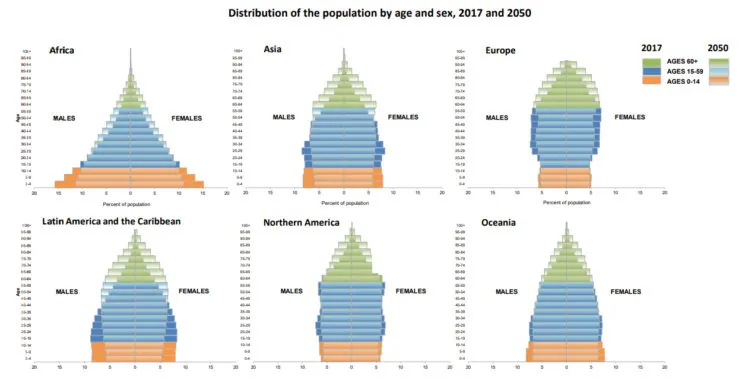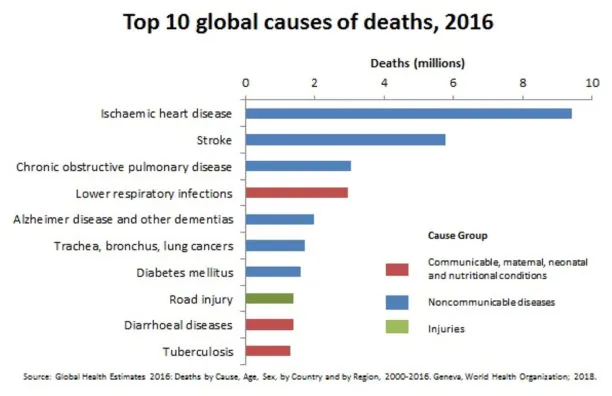Dear Santa, My name is Elena Milova, and I am from Moscow, Russia. I am a science popularizer, biohacker, and public health advocate in the field of aging and longevity. I am 39, single, and without children, but if you think that I am reaching out to you to ask for a CRISPR-designed baby, I am not. I believe that this type of wish is rather in the pile of letters from China.
I am not asking you for a particular health improvement, as one could not wish for a better HOMA-IR (mine is 0.40, because I greatly reduced fast carbs) or total cholesterol level (below 4 mmol/L). I am fine without a new smartphone, too.
The thing that I am going to ask you for is much more tricky to get. I want everyone on Earth to realize that biological aging is amenable to medical intervention and that treatments targeting various mechanisms of aging are already in human clinical trials. 7.6 billion minds, one idea. That is my only wish.
Why this is so important to me
You have probably noticed yourself that your clientele is changing over time. There are more and more people over 60 in the world, and I assume that the number of wishes for recovery from this or that age-related disease are spiking higher every year. This must be a problem for you, as for many diseases of old age, there is still no effective treatment that would actually help to cure people. It must be frustrating to not be able to fulfill a sincere wish of a good person, especially when a child asks for her grandparents to recover so that they can walk and throw snowballs together.

By 2050, the elderly will be a quarter of the global population, and these people will likely be suffering from several chronic diseases at once, gradually losing their health, independence and dignity. For so many people, being a burden on their families because of their deteriorating health is unacceptable, which is why the number of suicides in this age group is so high.
Is aging an invisible problem?
The numbers of these voluntary deaths are very upsetting, but what is even more upsetting is that diseases of old age are the major cause of death worldwide and aging kills around 100,000 people every day. This is the population of a small city. Imagine what would happen if everyone in a city like Cambridge, Massachusetts were to die in one day. I bet that there would be a lot of media attention and that thousands of experts would be on television discussing the potential causes of death and ways of preventing this tragedy in the future. Let’s say that the next day, another city becomes deadly peaceful. Take the Russian city of Domodedovo, which has its own airport. Everyone dead. People in neighboring cities would probably be frightened, and some charismatic politicians would be trying to calm down the public and promising to do something about all these deaths. The next day, this happens to yet another city, maybe in India. Then another one in Australia. It would not take long before G20 would set up an urgent conference call to set up an international commission and allocate money and scientists to investigate and solve the problem.

Guess what? This type of thing never happens in relation to aging, because people dying from it are spread around the globe, so the disaster does not make the headlines. The public only notices the problem when an actor, scientist, or other significant public figure dies from an age-related disease – most often heart disease, stroke, or cancer. Do you want an example? “Santa Claus, age 90, dies from a heart attack: a critical blow to the industry of giftmaking.” Sorry, sorry. I didn’t mean to scare you, but you get the point, right? From looking at your pictures, I could suspect that you might have some minor problems with glucose metabolism, but your extensive physical activity during gift delivery should be compensating for that, so you should be fine. For other people aged 60 and older, aging is an ever-increasing problem. Here, we come to the other important issue.
What is aging? How it can be addressed?
You see, aging is the accumulation of damage that happens due to normal bodily functions. This damage builds up over time, normal cell functions erode, and, at some point, this leads to the manifestation of age-related diseases. Normal operations, damage accumulation, disease, more damage, aggravation of disease, death. Simple.
It turns out that at the beginning of this century, British scientist Aubrey de Grey published an article in which he described several types of damage done by aging. He suggested the heretical idea of targeting these damages with medical interventions instead of trying to cure the symptoms of each age-related disease. He argued that age-related diseases are only a consequence of damage accumulation and that it would be much more effective to address the root causes.
The seed that Dr. de Grey dropped into the fertile soil of scholarship produced nice fruit in 2013, which is when a group of famous researchers of aging published The Hallmarks of Aging, a paper in which they described nine types of damage that accumulate with age and could be made into new therapeutic targets.
There were other fruits as well: animal studies have definitively proven that even only addressing one type of damage can extend the healthy period of life, postpone age-related diseases, keep animals more active, and, as a positive side effect, extend lifespan. It is worms that hold the best record so far, as tweaking some of their longevity-related genes has allowed them to live 10 times longer. The results in mice are also impressive – the researchers can extend both their healthy period of life and lifespan by 30-35%. Honestly, I find myself jealous of these mice, sometimes. I would not mind adding another 30% of youthful and healthy years to my life, even if I would have to take some pills or get some regular injections.
Can we control aging in humans?
You see, Santa, where I am going with this. I am sure that you sometimes leave gifts under the trees of people who work for the FDA. Accumulating a critical mass of knowledge about interventions against murine aging made it possible to develop the same type of interventions for people. Now, drugs and therapies addressing some of the root mechanisms of aging are in official human clinical trials. At some point, some of these trials will be successful, and drugs and therapies targeting aging itself will come to market. If you don’t believe me, here is the short list of people whose chimneys’ stacks are the best source of additional information on the topic: George Church, Anthony Atala, Judy Campisi, Vadim Gladyshev, Maria Blasco, Michael West, Vera Gorbunova, Irina Conboy, Kelsey Moody, Brian Kennedy, Linda Partridge, Alexey Moskalev, Cynthia Kenyon, Claudio Franceschi, Alex Zhavoronkov, Nir Barzilai, and, of course, Aubrey de Grey. He wears a great beard, so you have more in common with gerontologists than you would think.
Listen to these people tell their families about their research, and you will get my point. We are on the edge of a revolution in rejuvenation biotechnology. Yet, most people don’t know about it and don’t realize what kind of potential benefit this advancement holds for them and for our aging society as a whole. Most importantly, as they know nothing, they have no say in decision making. How can people possibly speed up the pace of aging research if they don’t realize that aging is amenable to intervention? How can they foster technology transfer and local production of the cures for aging, such as senolytics, in their countries? How can they control prices and make future distribution and access equal? How can they ensure that old people in their families, who need these new treatments the most, would get them sooner? Knowledge is power. We hear this in almost every interview, and you should be hearing it every Christmas from the researchers of aging, too. They have golden brains; the only thing they need is an appropriate amount of funding to solve the problem of aging more quickly. A strong public movement for aging research could be a game changer and could act as leverage to allocate government funding towards researching and developing treatments that target the underlying mechanisms of aging.
vEnding aging and age-related diseases is possible
It is obvious that you are a kind person, Santa. You are perceptive and generous; you know what people want, and you try to give them what they want. However, if you don’t help me with my information campaign, in a couple of decades from now, you will be delivering billions of adult diapers and wheelchairs all over the globe. Wouldn’t it be nicer if you were to pile these up in your warehouse to be covered in dust while you give people therapies and drugs that prevent aging and wipe age-related diseases out of human lives? Just imagine how much happier people would be if they could remain healthy and independent, enjoy full and productive lives, achieve more, and stay with their families and friends for longer.
I was a good girl the whole year, attending scientific conferences, interviewing researchers, speaking at public events, and supporting our partners and colleagues in every way I could, even if that much socializing makes me suffer from an introvert’s hangover. I was eating healthy food and promoting evidence-based means to slow down aging among my relatives and friends. I deserve a nice Christmas gift. All you have to do is to let everyone on the planet know that aging is amenable to intervention and that treatments addressing the root causes of aging are currently being created. For real. That would make me the happiest creature on the planet. Thank you in advance!
Sincerely, Elena
Instead of a conclusion
I am 39 years old, and I am an agnostic. There is not much evidence that Santa Claus exists. However, I do believe that miracles happen: the miracles that we create with our own hands. You who are reading these words (thanks for getting this far, by the way!) possess this special power, too. Use it! Let people around you know that science is close to bringing aging under medical control, and let’s build a world where healthy longevity for everyone is a reality.




